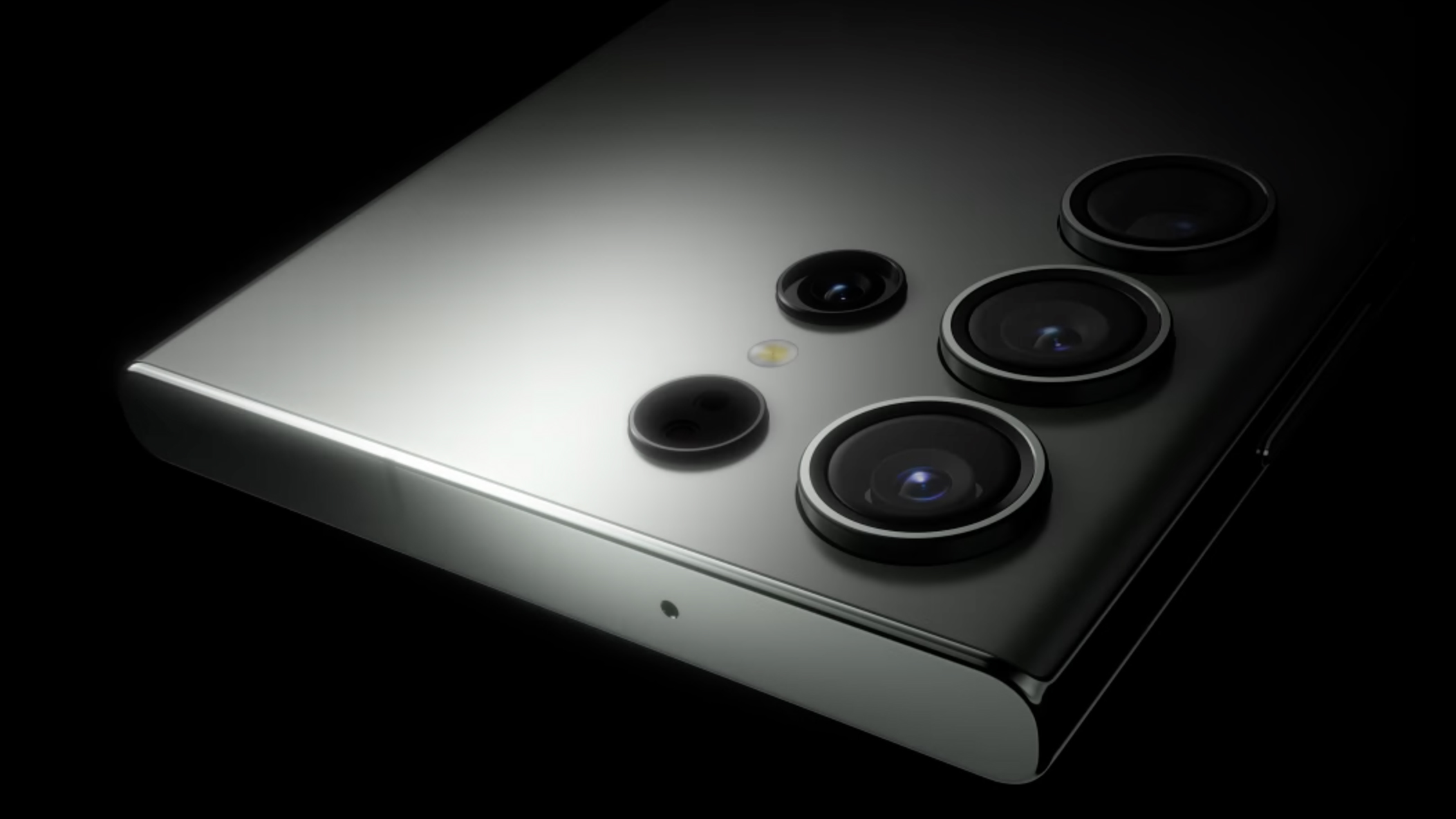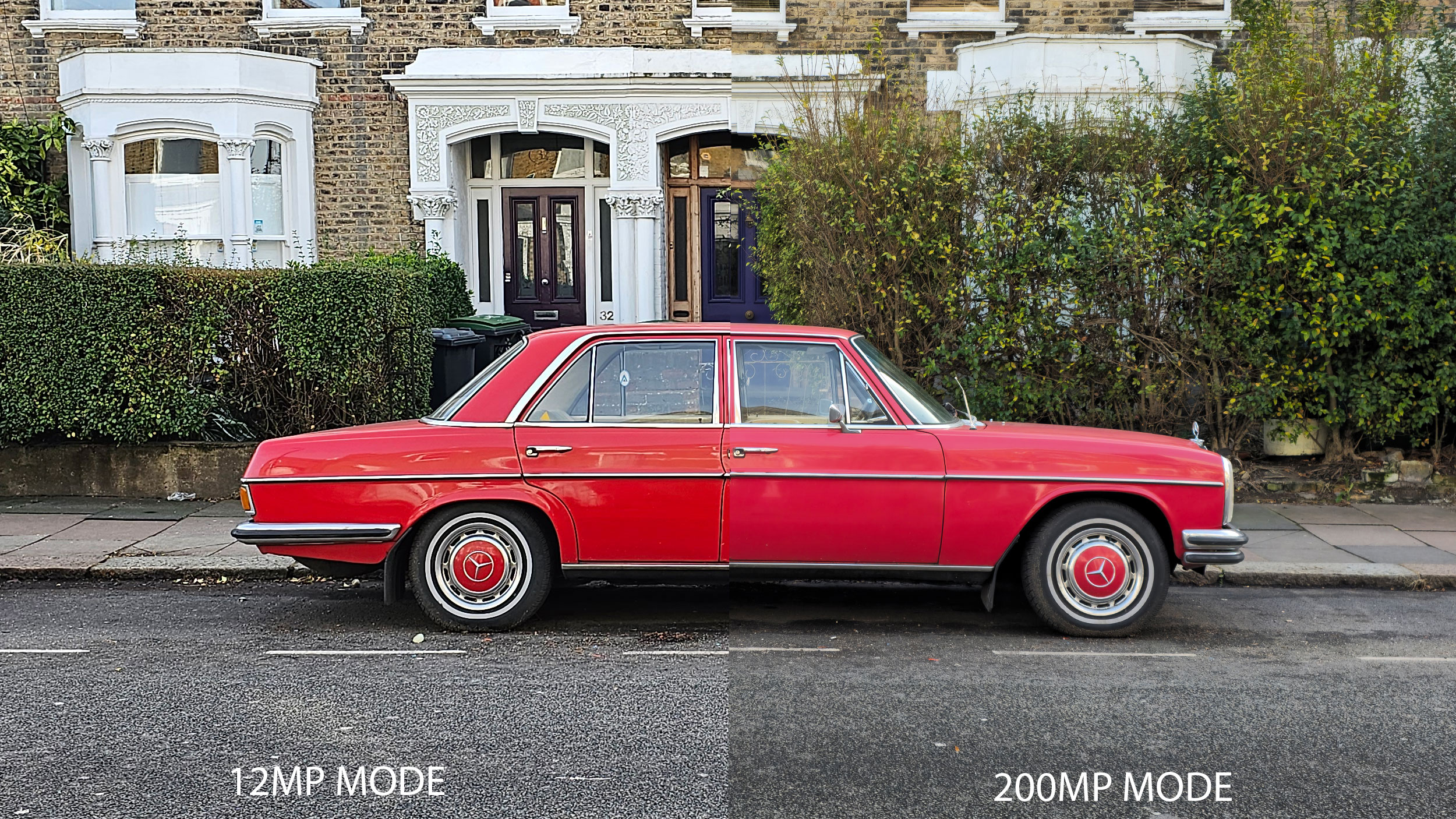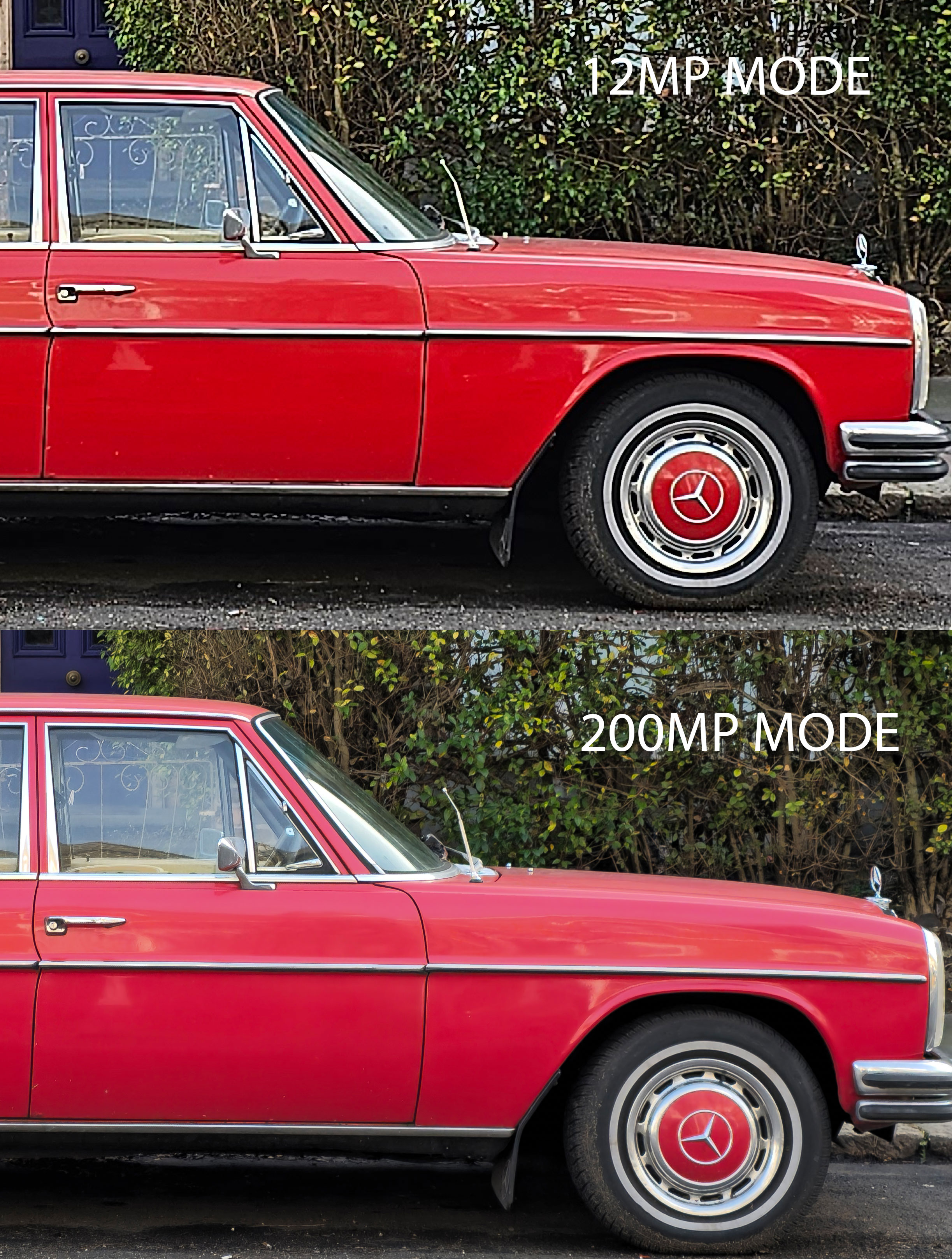
You’ve probably heard Samsung shouting about its new 200MP camera phone. Maybe I’m stuck in the dark ages – after all, a phone that’s five years old is a bit of a dinosaur – but I still do not see a need to upgrade from my humble iPhone 11. While 200MP camera phones sound impressive, I’m still not convinced that that many pixels are necessary – and as it turns out, you don’t get full use of them anyway.
Several camera phones of today boast sensors with megapixels well into the hundreds. Some of the best camera phones even have more megapixels than the highest resolution cameras, such as the Fujifilm GFX 100S, but that doesn’t mean you can take similar quality images. One of the biggest problems with 200MP camera phones such as the Samsung Galaxy S23 Ultra or the Redmi Note 13 Pro+ is that, while they boast these super-high megapixel sensors, the sensors are really small and you can’t actually produce 200MP photos unless you manage to find and turn on the setting.

Once upon a time it seemed like megapixels were the only thing that could improve a sensor and the general census was, the more the better. That doesn’t seem to be the case these days, as Apple has proved time and time again. Despite fitting the iPhone 14 Pro and the iPhone 15 models with a 48MP sensor, most of the time you are still shooting at around 12MP – you have to enable a setting to shoot in 48MP resolution and, it turns out, it’s not all that special.
If your ears pricked up when news first broke that Samsung was launching a 200MP camera phone, you’re not alone – but there are a few major things to consider. While a 200MP photo might sound like the best thing ever, in fact it limits your versatility. You can’t shoot in wide-angle, 3x or 10x telephoto modes, it takes up a lot more storage (a standard 12MP photo is max 5MB, whereas a 200MP photo can be as much as 50MB) and you don’t get to use any of the AI features which, arguably, will ensure a better final result.
When looking at two images side-by-side, one shot at 12MP and one at 200MP on the same phone, there isn’t much difference between them. The 12MP looks like it has a bit more clarity and the 200MP presents more accurate colors, but there isn't much in it. Only as you zoom in and enlarge the shot do you start to appreciate the added quality of the 200MP image. But unless you’re printing photos bigger than a standard 6x4-inch print, you’re probably never going to benefit from all those extra megapixels.

Camera phones have advanced massively over the last few years, and it isn’t enough to just increase the number of megapixels of a sensor to make it sellable. What impresses people now is smooth stabilization, AI-powered tools for removing objects, swapping faces and fixing blur, or having a camera that starts taking a photo before you’ve even pressed the shutter.
Advertising a 200MP camera phone might sound good, but I’m not fooled. If I can still take perfectly good photos with my iPhone 11’s 12MP camera, I certainly feel no need to upgrade anytime soon – especially after finding out that the 48MP mode on the latest models isn’t even that good. I take hundreds of photos and already pay out for the 2TB storage plan on Google Photos – literally the last thing I need is to take photos that’ll take up even more space.
Check out the best iPhones for photography and see how they compare to the best Android phones – which, of course, includes some of the best Samsung phones.







